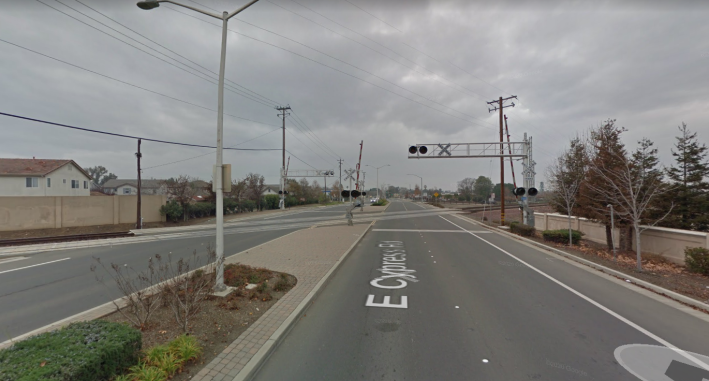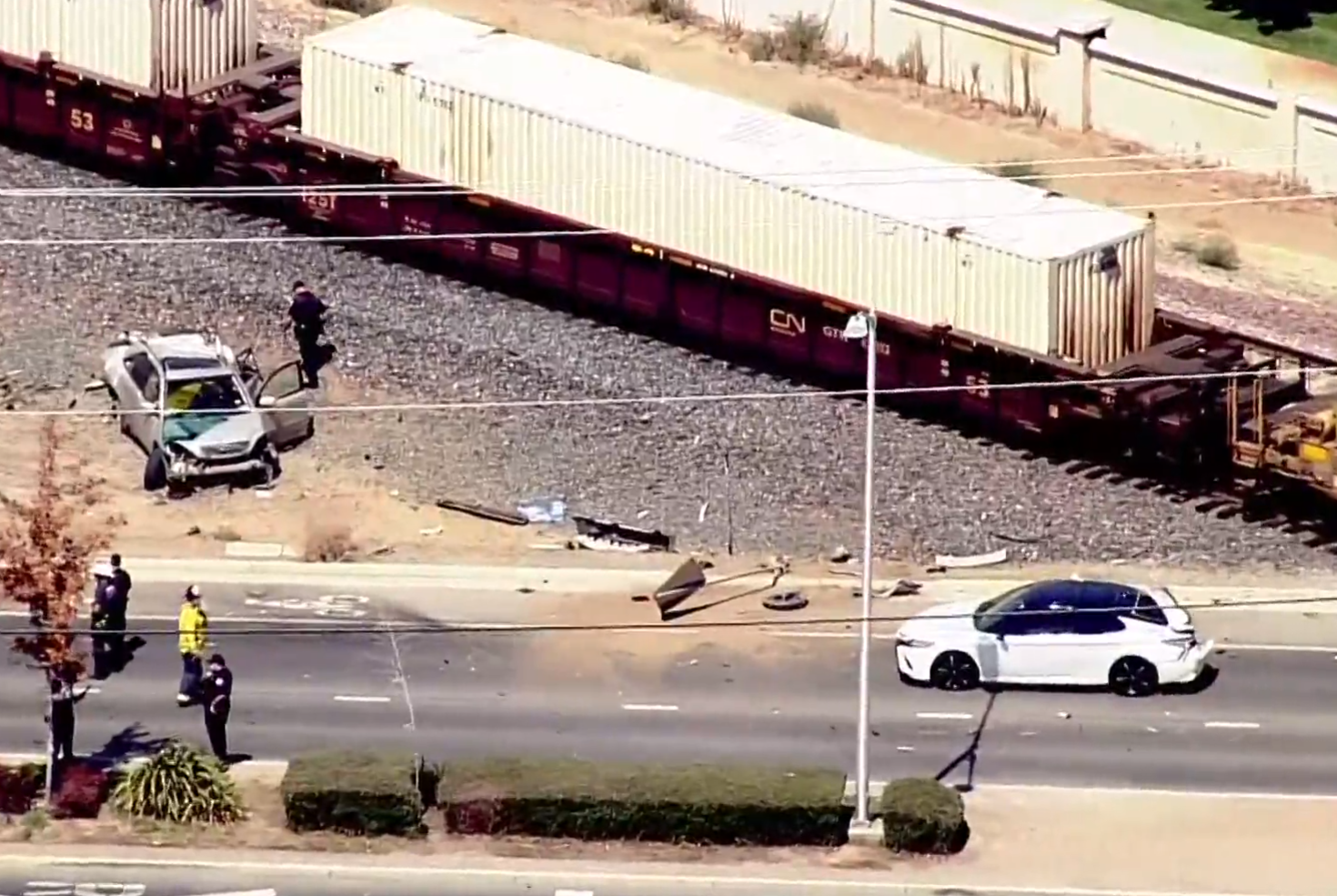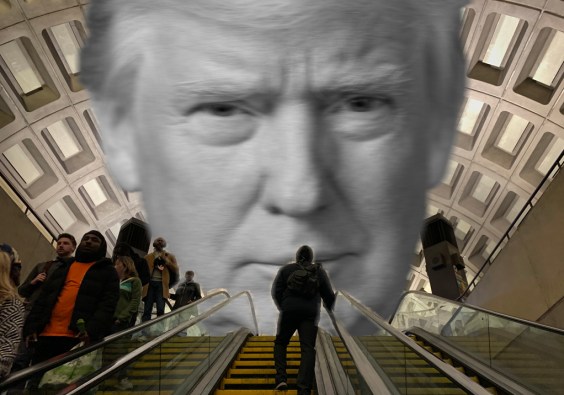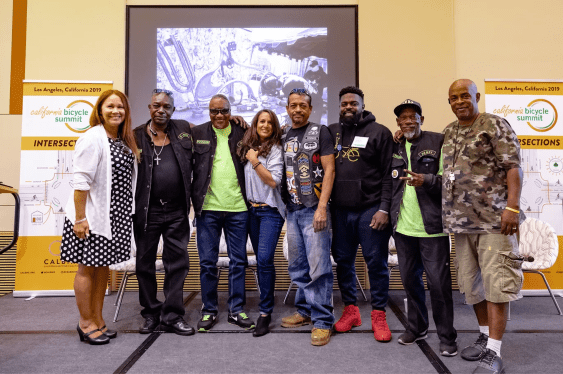A 12-year-old boy was killed when the car he was riding in crashed with a train at a grade crossing in the Bay Area suburb of Oakley on Wednesday. The collision was apparently caused because the driver tried to beat the train.
From the KPIX report:
The collision happened at about 12:53 p.m. at a railroad crossing at E. Cypress Road just east of Main St. A 19-year-old woman was airlifted to John Muir Medical Center in Walnut Creek with critical injuries while three other people were taken by ambulance to area hospitals, according to Fire Marshal Steve Aubert with the East Contra Costa Fire Protection District. On Wednesday afternoon, Oakley Union Elementary School District Superintendent Jeff Palmquist said in a letter to parents that the victim was a student at Delta Vista Middle School, a block away from the railroad crossing.
And:
...a witness said it appeared a grey Lexus SUV tried to beat the train after the railroad crossing arms were coming down and was struck in the rear portion of the vehicle.
Streetsblog expresses its deepest condolences to the boy's family. It's difficult to imagine the horror the survivors are feeling right now. But this is yet another part of the greater, self-inflicted tragedy of our auto-über-alles policies: driver training is so lacking and licenses are so easy to get and so hard to lose, that there are apparently thousands of licensed drivers out there who don't know how to avoid getting hit by a train.

Case in point: KPIX, which refers to the incident as an "accident" more than once in the report, quotes nearby resident LaQuan Ashford blaming trains for the crash. "So everyone is sitting bumper to bumper waiting to get to this light,” Ashford said in the report. “So the train, coming at that time, anyone can get stuck on the track. Anyone, at any given time.” Ashford was interviewed filling his car at a gas station so presumably he has a driver's license.
It's not true that "anyone" can get stuck on the track. Any licensed motorist should know not to start across the tracks if there isn't ample space on the other side. That should be common sense. It's also part of the California Vehicle Code:
A driver of a vehicle shall not enter a railroad or rail transit crossing, notwithstanding any official traffic control device or signal indication to proceed, unless there is sufficient space on the other side of the railroad or rail transit crossing to accommodate the vehicle driven and any railway vehicle, including, but not limited to, a train, trolley, or city transit vehicle.
"What’s infuriating about all the coverage is that nobody interviewed or in-studio ever even hints at or seems to comprehend that these so-called needless 'accidents' are easily and entirely avoidable if motorists would just use common sense and/or blindly obey the vehicle code," wrote Adrian Brandt a long-time Caltrain and safe-streets advocate. "A huge and obvious learning/training/education PSA opportunity is lost and blown every time this fails to somehow get mentioned."
More from the news report on Wednesday's tragedy:
It was the third train crash in East Contra Costa County this year and the second in one week. On Aug. 20, an Amtrak passenger train collided with a big rig in Brentwood resulting in a minor injury. In May, a truck parked on the tracks was hit by a train in Orwood, resulting in an injury to the driver.
And just last week a motorist was killed in a Burlingame Caltrain crash.
According to Operation Life Saver, a group that tries to educate people about the hazards of train crossings, in 2020 in California there were 150 crashes, 39 deaths, and 55 injuries, mostly from people driving in front of trains. California is second in the nation for grade-crossing deaths. Almost every week one can read about a motorist racing a train or grid-locking on the tracks and getting hit on the Bay Area's many Caltrain, Amtrak, and freight train crossings.
The fines for driving around lowered gates "...vary by county but can be anywhere from $300 plus," wrote Nancy Sheehan-McCulloch, Executive Director of California Operation Lifesaver, in an email to Streetsblog.
How is a fine an appropriate response! Anybody who intentionally drives into the path of a 20,000-ton train should, at the very least, have their license permanently revoked and their car seized. And drivers who unintentionally gridlock on tracks should have their licenses suspended pending retraining and retesting.
Meanwhile, local transportation planners want to widen the road with turning pockets as a solution to Wednesday's horror. What a typical and completely absurd response that will just induce more driving and with it, more wrecks! How about improving bike connections to the nearby Marsh Creek trail and adding concrete-protected bike lanes and protected intersections to Cypress, so kids can safely get to school on their own? That will reduce driving overall and, with it, all types of motorist crashes, including at railroad crossings.
Either way, something's fundamentally wrong with how we educate drivers and issue licenses if, despite all the flashing lights, bells, and horns, motorists still can't manage to stay off the tracks.





